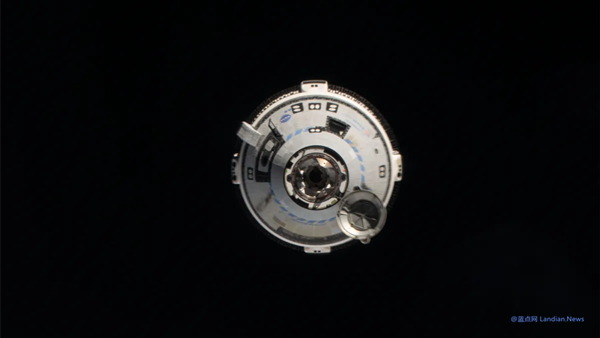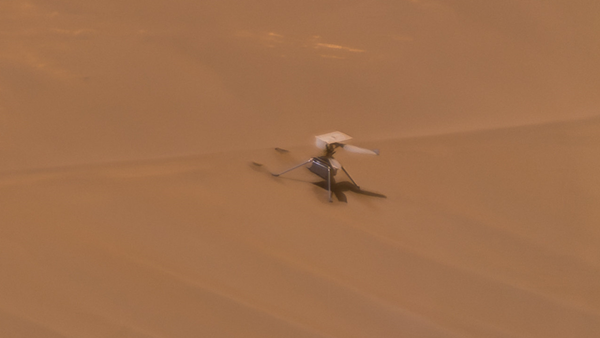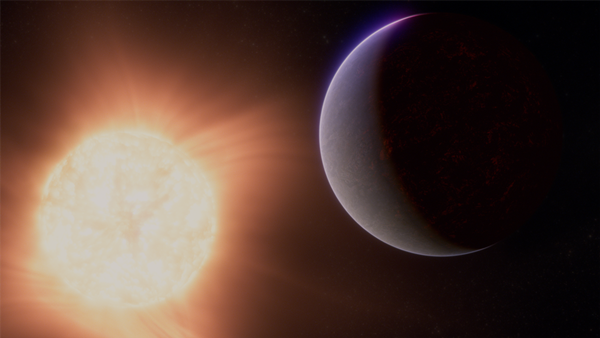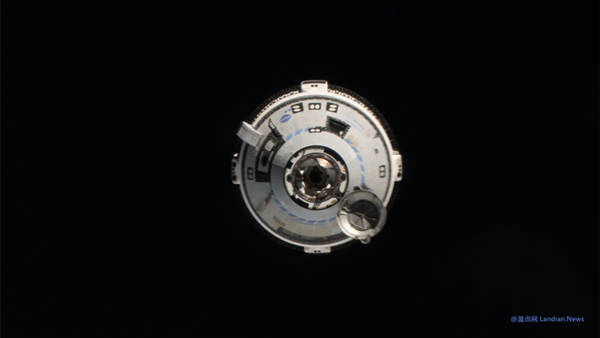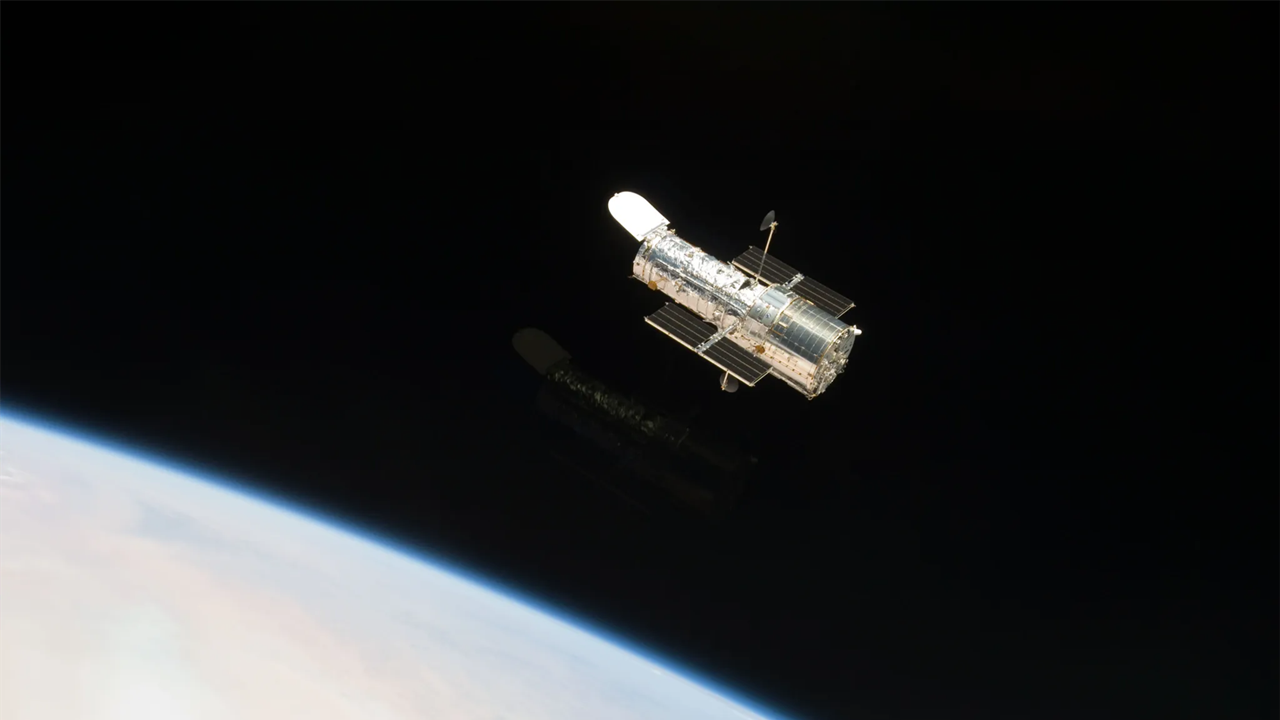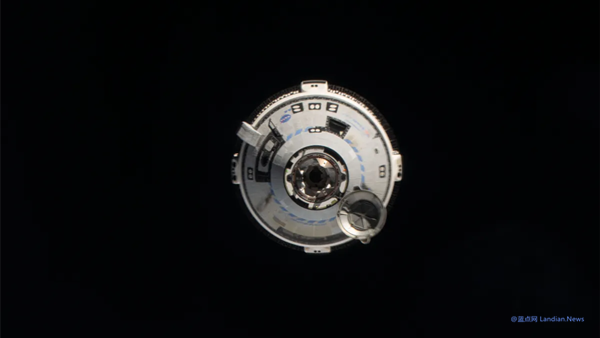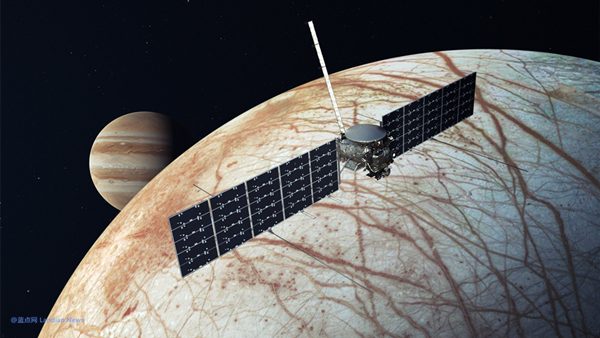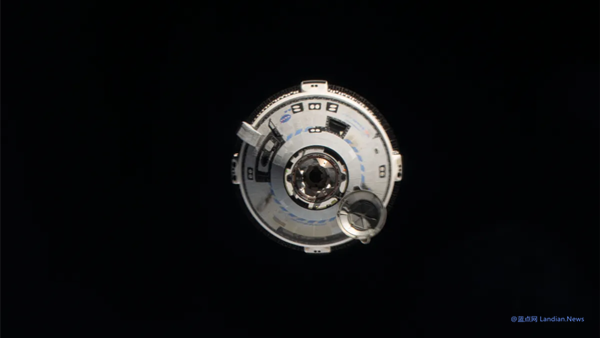Nokia to Establish 4G/LTE Network on the Moon by 2023, Supporting NASA's Lunar Exploration Mission
Finnish telecommunications equipment provider Nokia has announced plans to establish a 4G/LTE network on the moon by 2023 to support the lunar exploration missions of the National Aeronautics and Space Administration (NASA). Nokia secured a multi-million dollar contract with NASA's Tipping Point program in 2020 to build the first space-based 4G/LTE communication network on the moon.
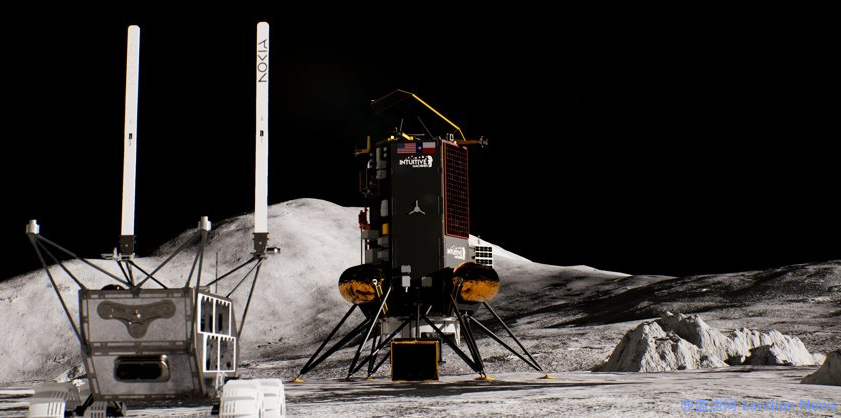
SpaceX Rocket to Deliver 4G/LTE Equipment to the Moon
According to Nokia's Chief Engineer, Luis Maestro Ruiz De Temino, who spoke to CNBC at the recently concluded Mobile World Congress (MWC), the company plans to deliver 4G/LTE network equipment to the moon by the end of this year, using a SpaceX rocket.
Part of NASA's Artemis I Lunar Program
Nokia's 4G/LTE network is part of NASA's Artemis I lunar program, which aims to land two astronauts, including the first female astronaut, on the lunar surface by 2024. The long-term goal of the Tipping Point program is to establish infrastructure for sustained activities on the moon by 2030.
Network Equipment and Testing Plan Details
Nokia explained that the planned lunar network includes an Evolved Packet Core (EPC) LTE base station, LTE user equipment, RF antennas, and Operations & Maintenance (O&M) control software. The base station is a small device that will be mounted on the Nova-C lunar lander built by aerospace company Intuitive Machines. The user equipment will be mounted on a rover responsible for lunar surface sample collection, which will be autonomously deployed by the lunar lander.
Communication between the two will be transmitted via the LTE/4G network. The rover will initially test communication with the lunar lander at distances of several hundred meters before extending the range to 2 to 3 kilometers. The entire testing process will be monitored by customized O&M software.
Deployment Timeline and Future Development Outlook
Nokia initially planned to complete deployment by the end of 2022, but the timeline has been delayed to this year. The mission is expected to last several weeks to test network performance and functionality. Nokia stated that the 4G/LTE network will be the precursor to 5G networks. The ultimate goal is to support astronaut activities and research, including video communications, telemetry data transmission, physiological data, sensor applications, and robotic control.
In summary, Nokia's project to establish a 4G/LTE network on the moon will provide critical communication support for NASA's lunar exploration mission and lay the groundwork for future space communication and research activities. The collaboration will help advance humanity's exploration of the moon and open a new chapter in the development of space technology.
